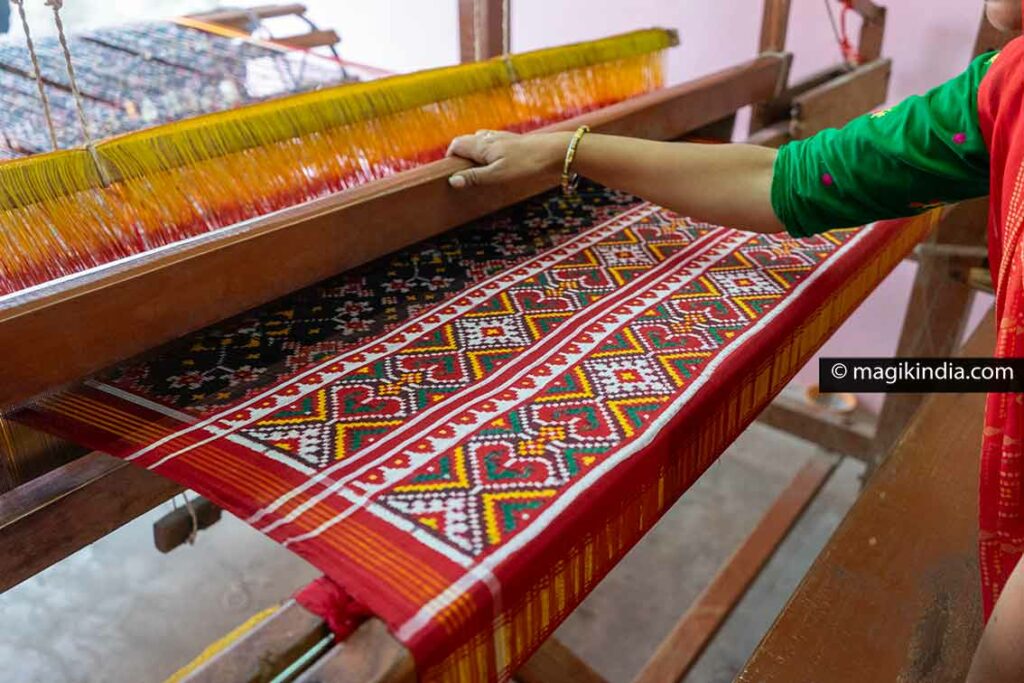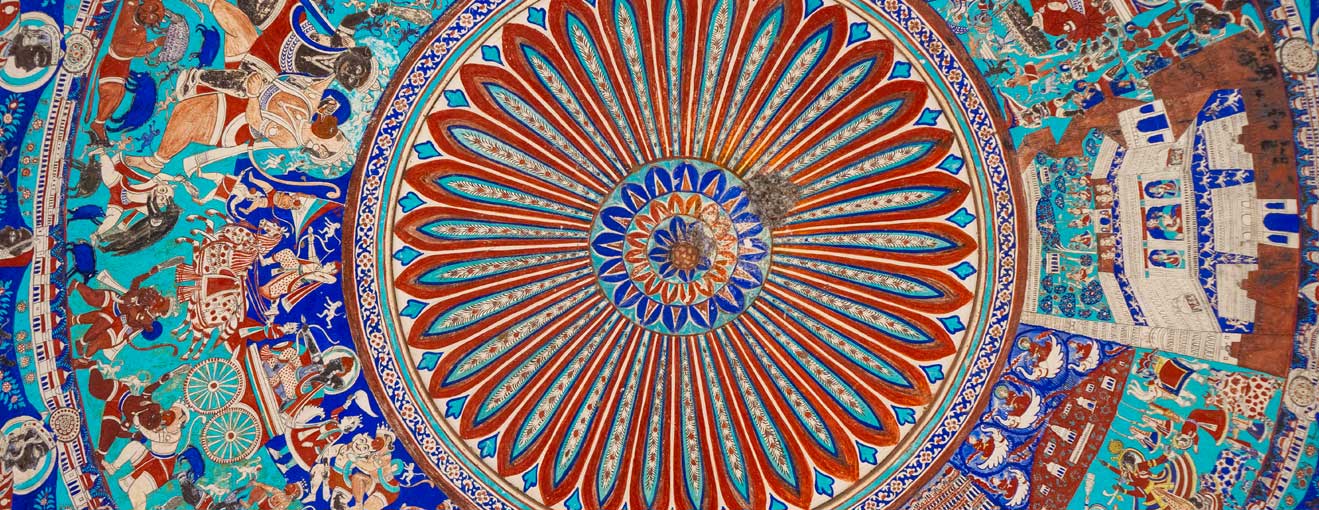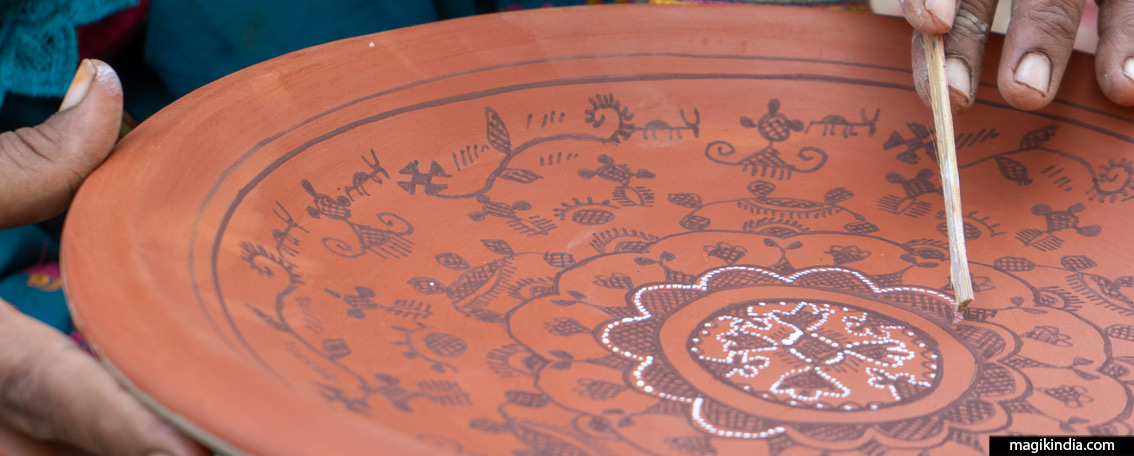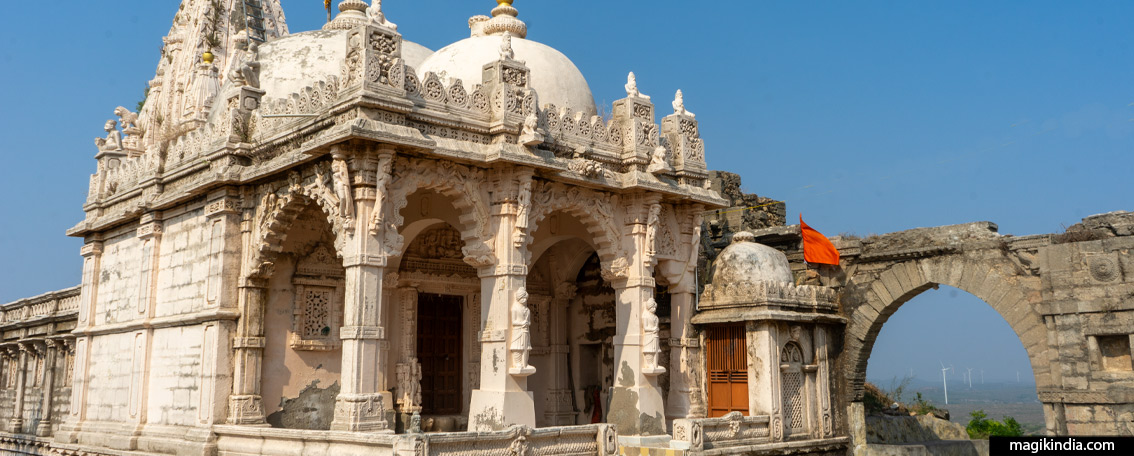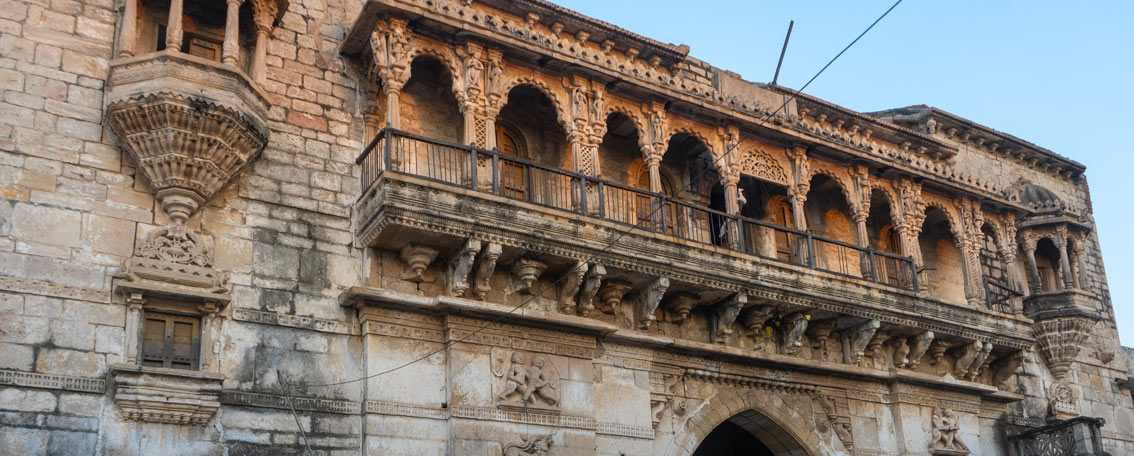
Sayla, city of the Jhalas
Sayla was love at first sight for me! Located in the Saurasthra peninsula, three hours from Ahmedabad, the city of the Rajputs Jhala is a destination still little visited by travellers. And yet, it has lots to offer! Apart from its charming old town, its many historical monuments and its skilled craftsmen, Sayla is also known as “Bhagat-no-Gav”, or “the village of saints” due to its many spiritual centers.
The Jhalas & Sayla
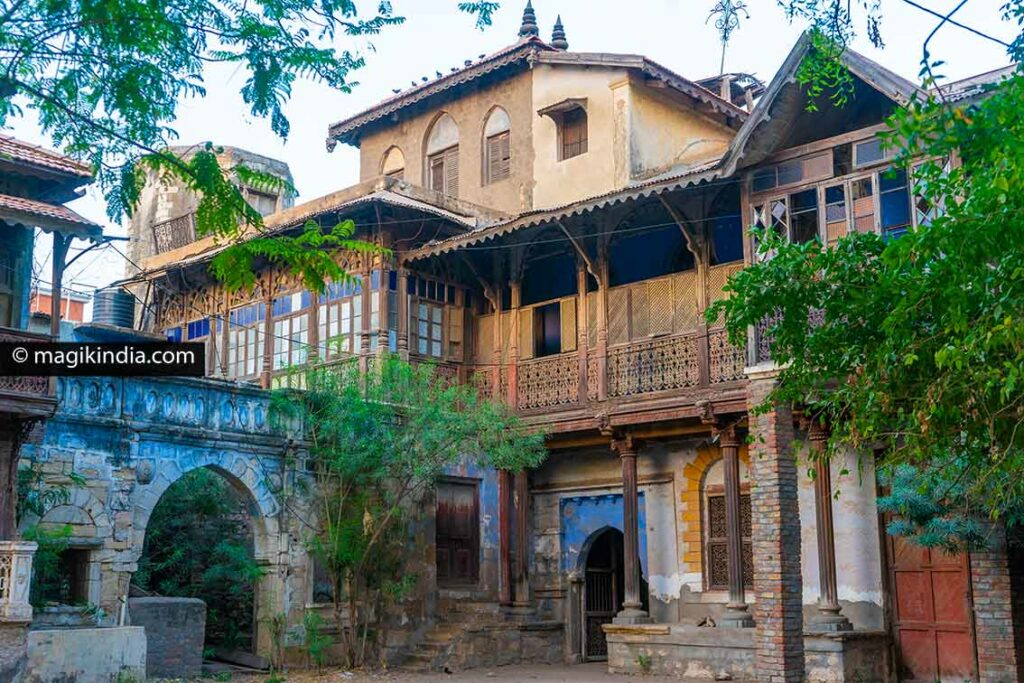
Sayla was a principality ruled by the Rajput Jhala, a clan originating from Sindh (located now in Pakistan) belonging to the Suryavanshi lineage. They first settled in Patdi in the 12th century CE, then they established several princely states in Halwad, Dhrangadhra, Wankaner, Limbdi, Wadhwan, Chuda and Sayla. This region located in the north-central part of the Saurasthra peninsula was then known as Jhalawar.
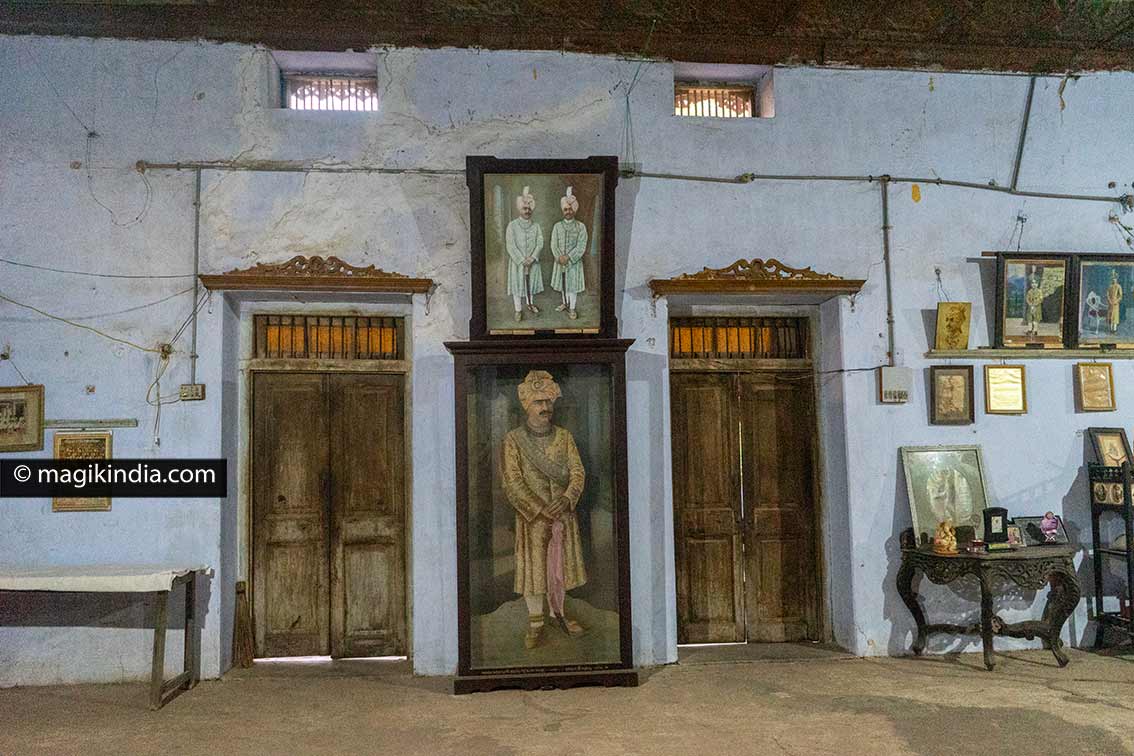
The state of Sayla was founded in 1751 by Seshmal Raisinhji, conquered from the Kathis Darbars, her distant relatives; Kathis have given their name to the region of Kathiawar, the former name of the peninsula of Saurashtra. Seshmal Raisinhji is credited for building the fortified wall around Sayla and the Darbargadh (palace), which is still owned by the Jhala royal family.
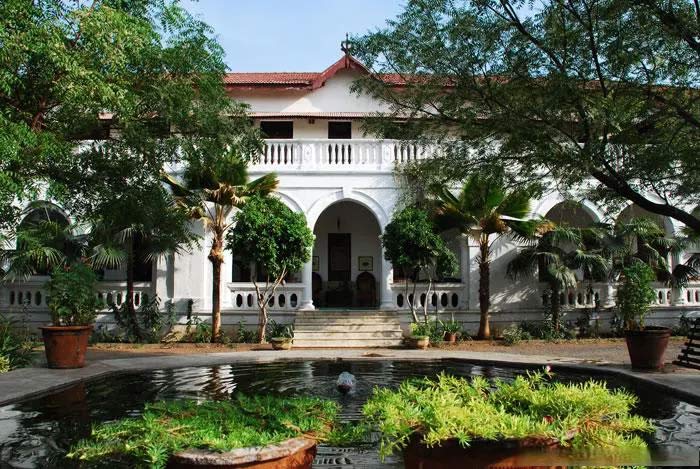
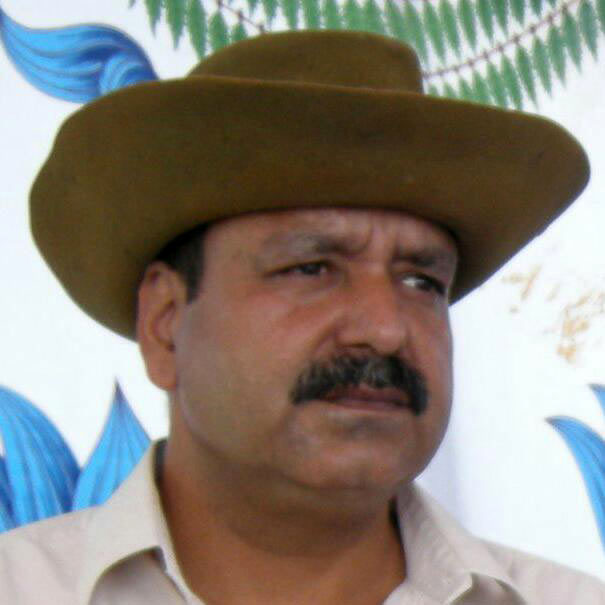
Sayla’s Maharana Thakore is currently Somraj Sinh Ji. He opened a charming guesthouse (The Bell Guesthouse) in the mansion which once welcomed the Western guests of the Jhalas. This is where travelers usually stay when they visit Sayla. The old world charm and the unwavering hospitality of the place make the stay in Sayla all the more pleasant. You quickly feel at home.
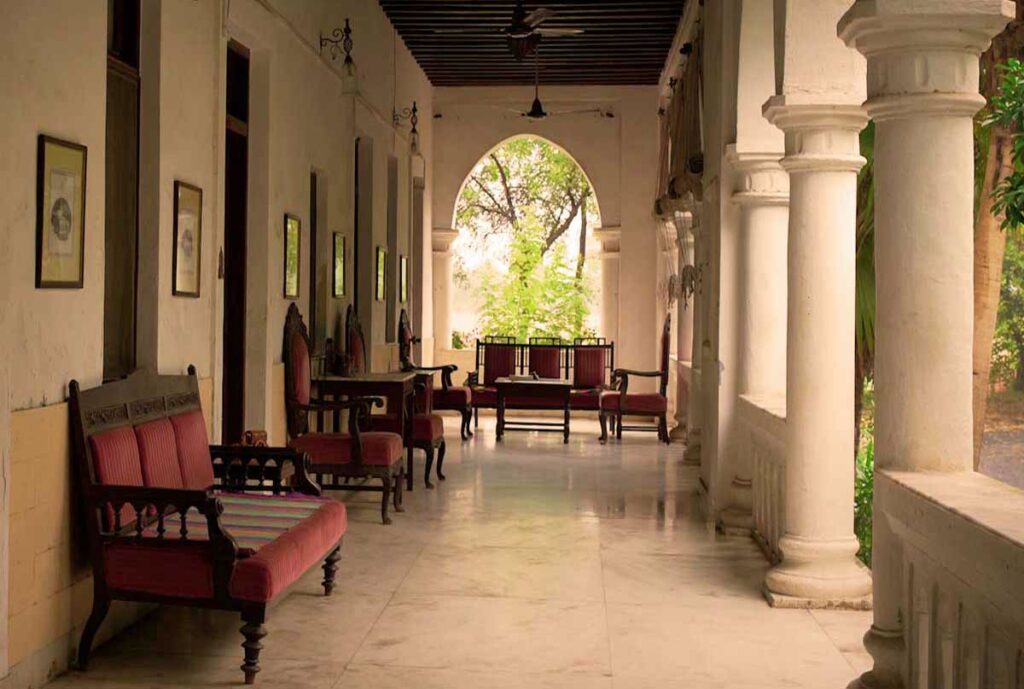
The old town of Sayla
Sayla was a nice surprise for me, I didn’t expect to come across a city with so much character. The entrance to the old city already sets the tone, with its fortified gate in the shape of an ogive decorated with delicate moldings.
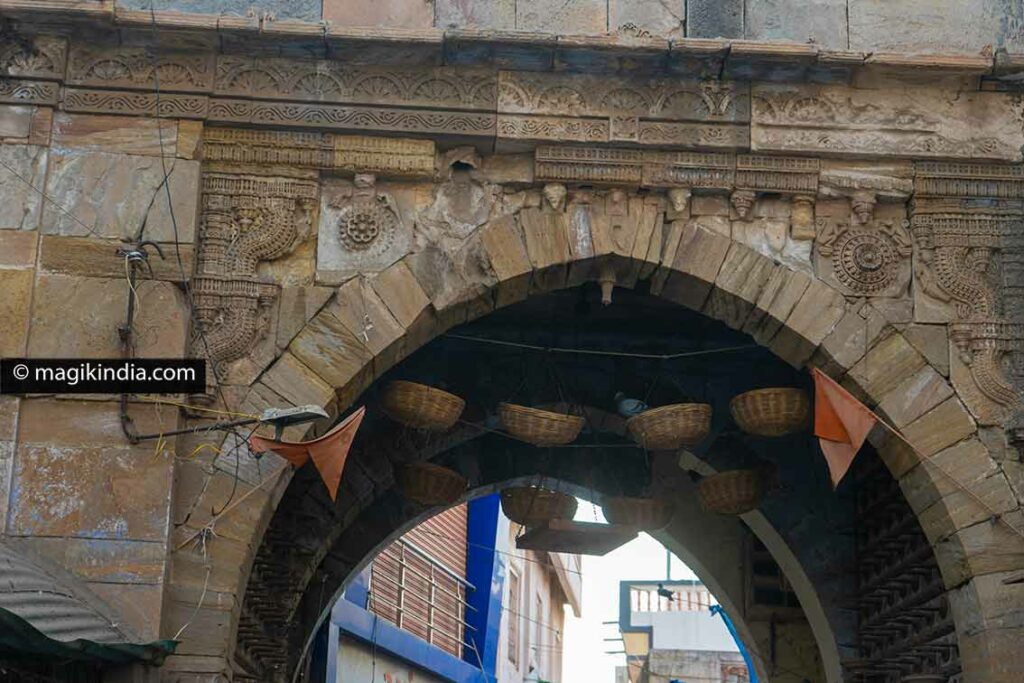
After we pass this door, it’s a completely different atmosphere: the inhabitants you meet are smily and incredibly friendly; maybe it’s because there aren’t that many travelers in Sayla and a little exoticism is always appreciated.
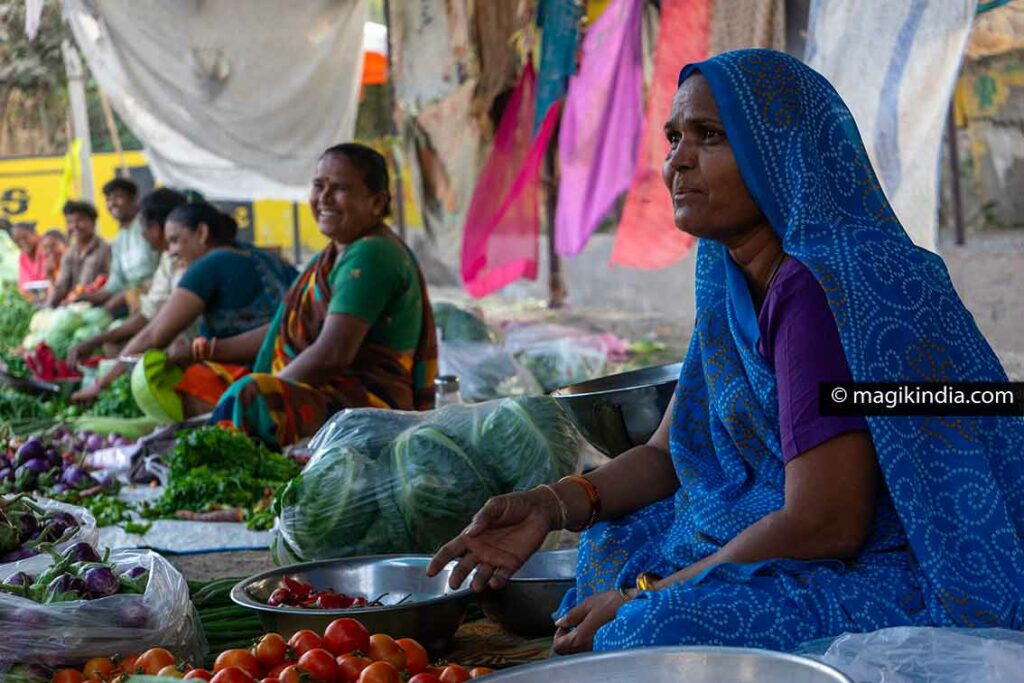
The same friendly atmosphere is found at the vegetable market which is held twice a day, in the morning and in the evening, where the vendors strike a pose and easily joke with us.
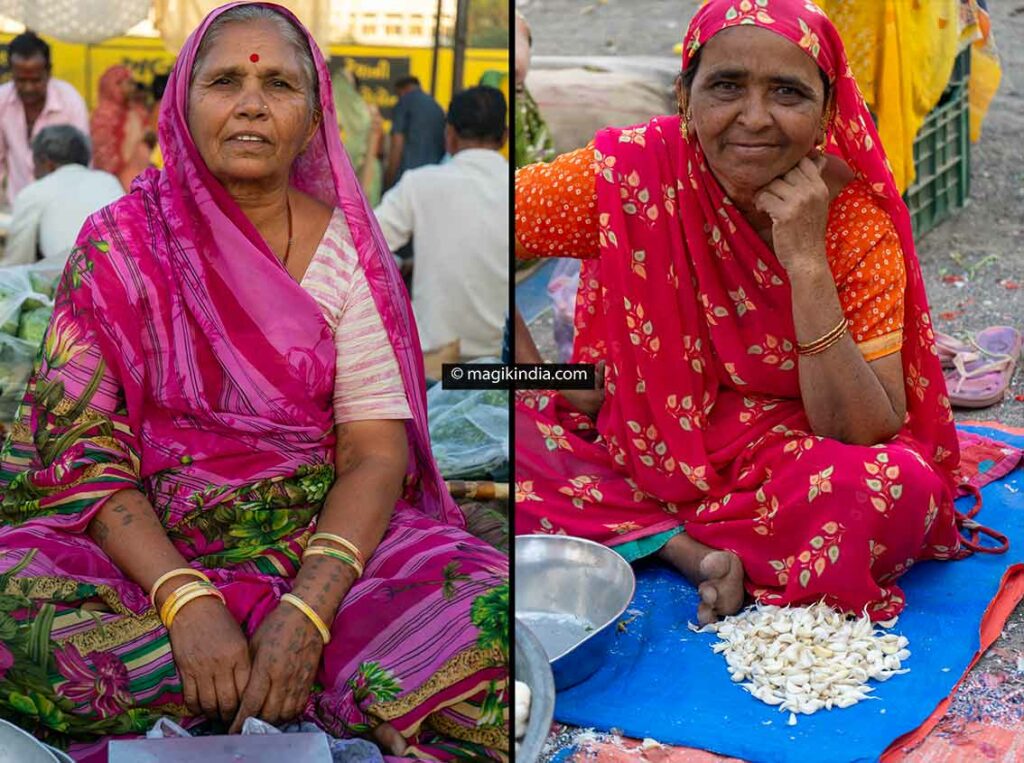
Continuing a few meters further, we come across the Mansarovar pond where pelicans have taken up residence. And then, placed on the edge of this same pond, we can see the little wonder of the city: the temple of Kashi Vishwanath.
Kashi Vishwanath temple, the gem of Sayla
The Kashi Vishwanath temple of Sayla almost deserves an article on its own, as there are so many architectural details. This is my absolute favorite in Sayla!

The temple is still surrounded by the old city wall pierced by a particularly graceful porch which overlooks the entrance to the temple. On the left side of the porch, you can still see the loopholes, a reflection of the town’s less peaceful past.
The entrance to the temple is also fortified with a porch flanked by two Maratha style guardians and overlooked by a corbelled balcony.
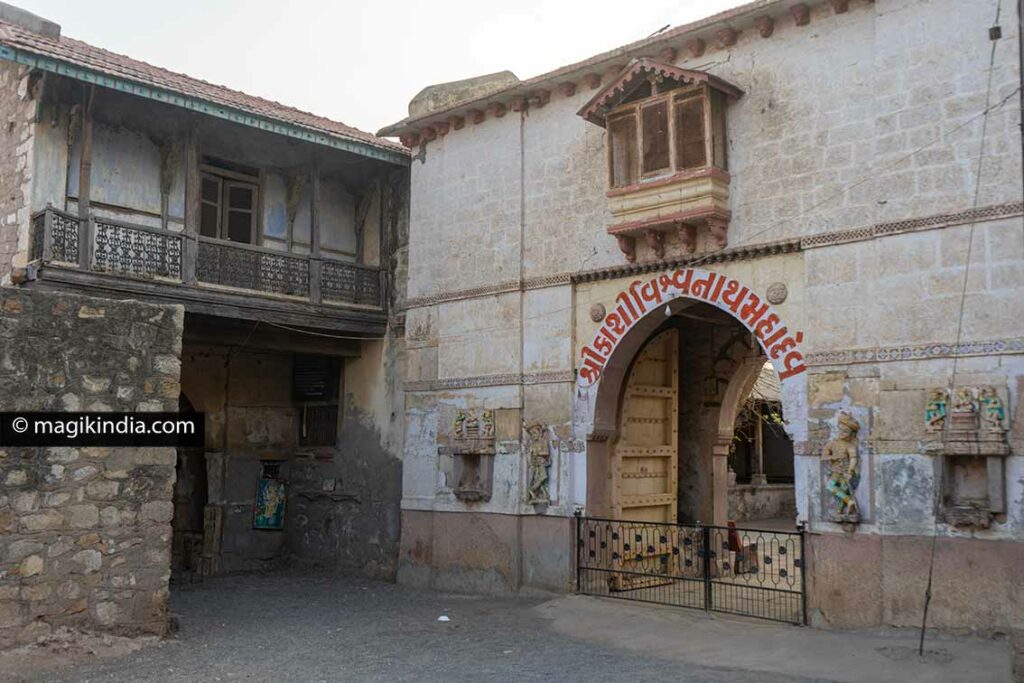
The origin of this temple is uncertain. According to Somraj Sinh Ji, it dates back more than 200 years. It is not known if there was a temple prior to this one on this same place.
The story goes that one of the Jhala rulers couldn’t get an heir. As a fervent devotee of Shiva, he prayed intensely to the god of Mount Kailash to give him a son, in exchange of what he would build a temple similar to that of Kashi Viswanath in Varanasi. The wish came true and this temple was built.
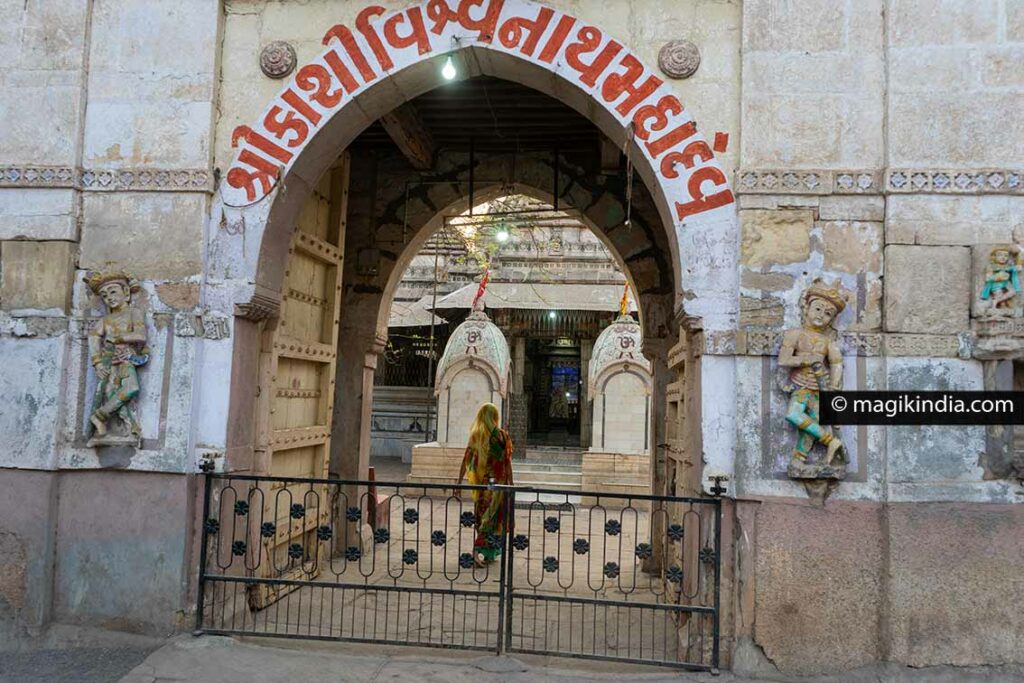
The entrance to the sanctuary is flanked by two small temples, one dedicated to Shakti and one to Hanuman.
The interior of the temple is fabulous with marble marquetry on the floor and on the facades. Colored arches accommodate niches with moldings of Lord Shiva and old paintings which describe several aspects of the life of the god.
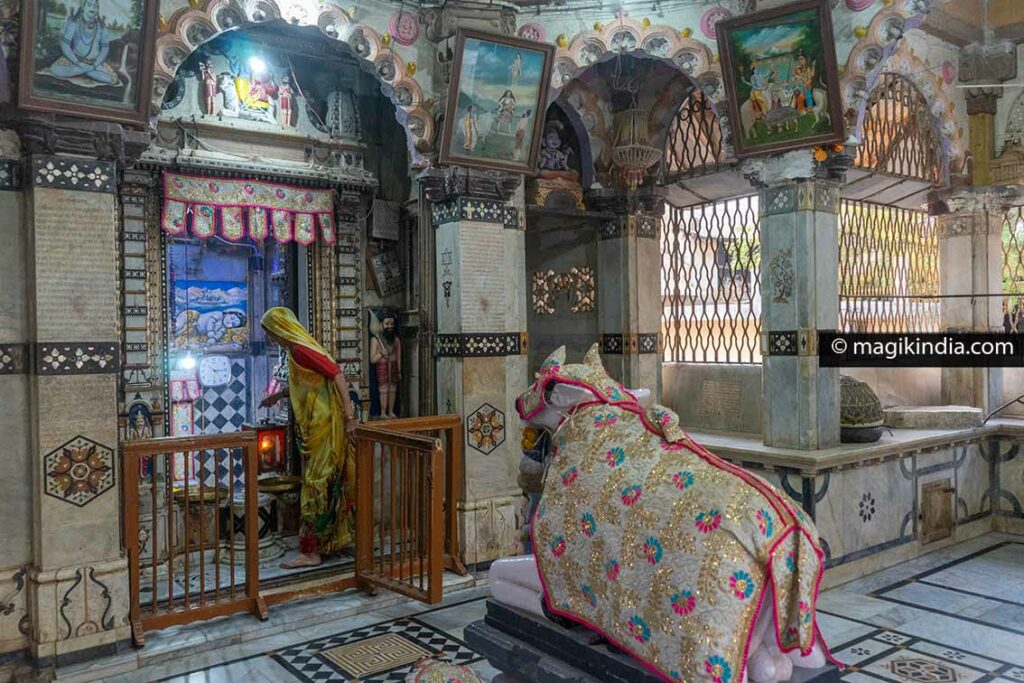
The divine bull Nandi, vehicle of Shiva, is covered with a caparison embroidered with gold threads.
The garbhagriha (Sanctum Sanctorum) contains a swayambhu lingam, that is to say, it was not made by the hand of man, but it was self-manifested.
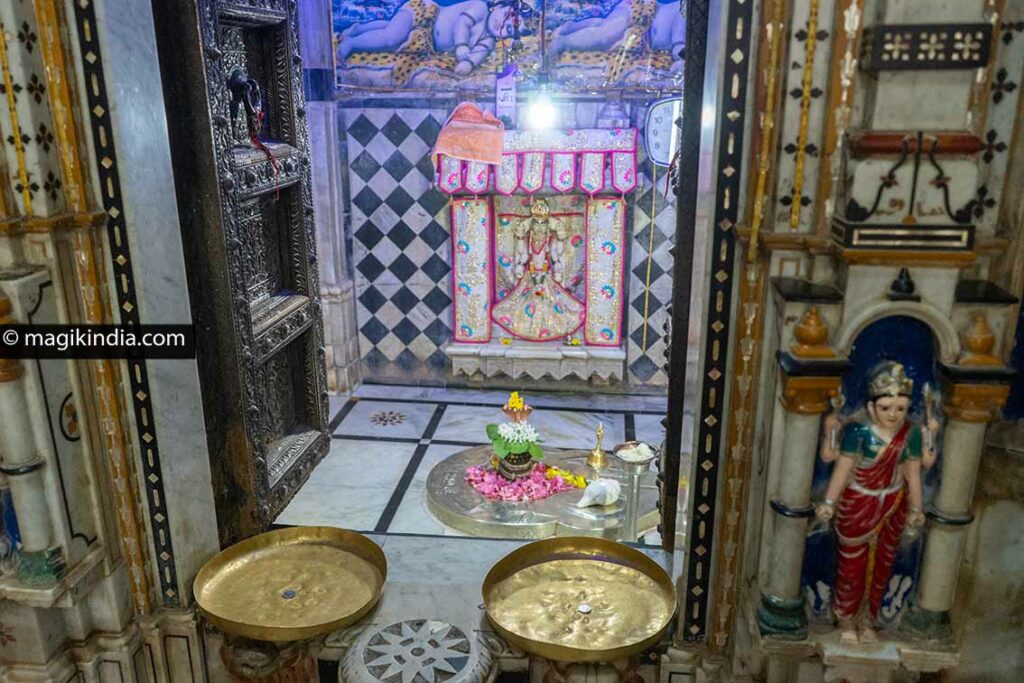
The back of the garbhagriha consists of beautiful jalis (openwork panels) chiseled in white marble. They represent various deities of the Hindu pantheon and Jhala rulers.
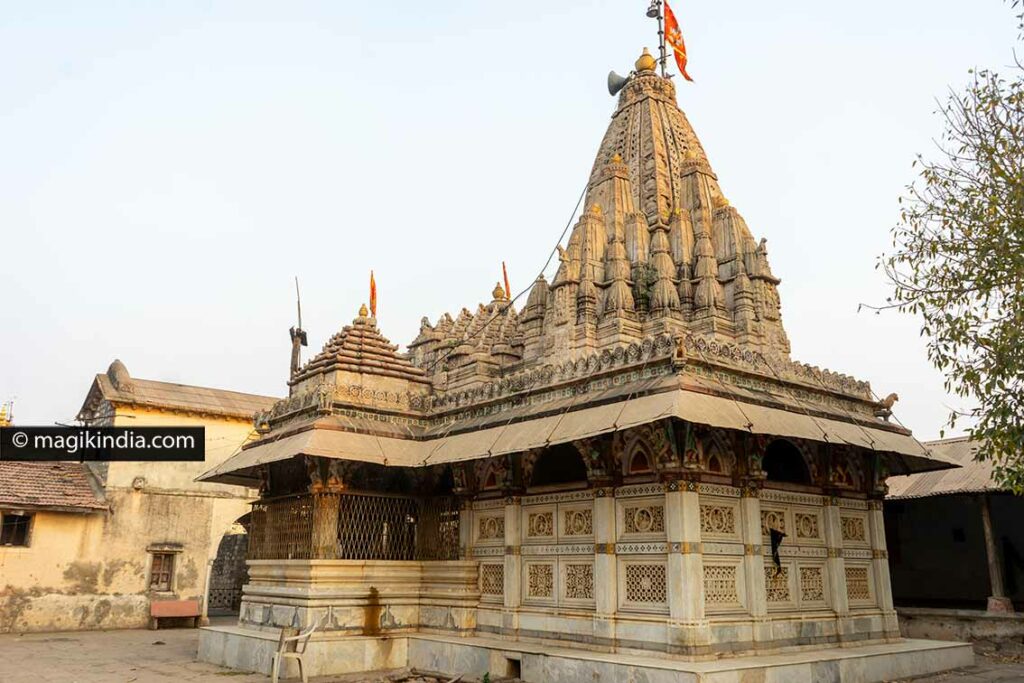

Lalji Maharaj Temple
Lalji Maharaj is an important spiritual center in Sayla. It takes its name from the Hindu saint Lalji who was born in Sindhavadar near Wankaner a hundred years ago.
Lalji had chosen the path of “bhakti” (devotion) from a young age and went from town to town singing bhajans. During his visits miracles occurred regularly.

At that time, the ruler of Sayla, Madar Sinh I, had hallucinations: when someone brought him his meal, he saw it turn into blood.
Informed of the presence of the saint in a village near Sayla, he went to see him to explain his problem and ask him to heal him. The saint blessed him and, from that moment on, Madar Sinh was finally able to take his meals in peace.
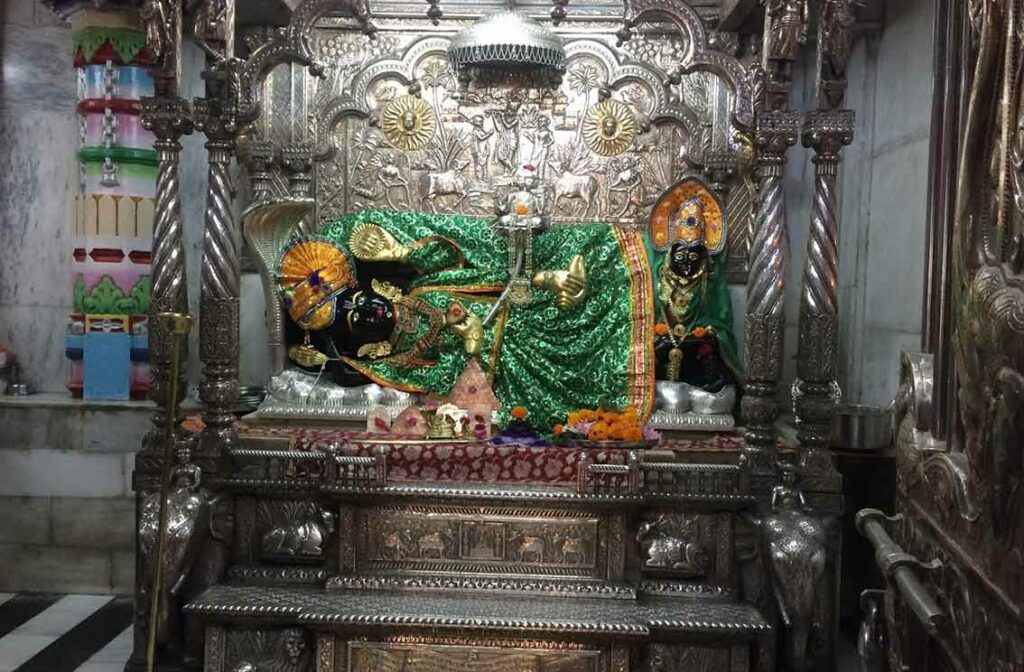
In gratitude for this miracle, the king built the current temple in Sayla and asked the saint to settle there. Lalji agreed, and since then the line of acharyas has continued, with each guru appointing the next.
The temple consists of several shrines housing the deities of RadhaKrishna as well as a statue of Sesh Narayan or reclining Vishnu.
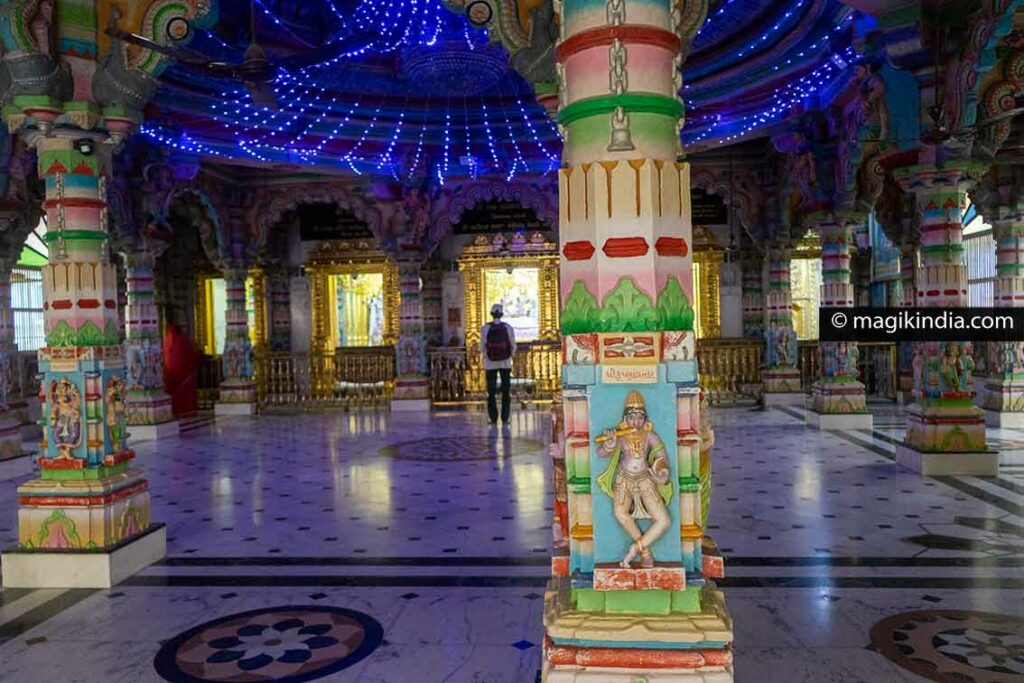
The Darbargadh, the old palace
From the Lalji temple, we enter the heart of the old city. The streets are convoluted and lined with colorful old houses with balconies carved in wood. A delight for architecture lovers like me.
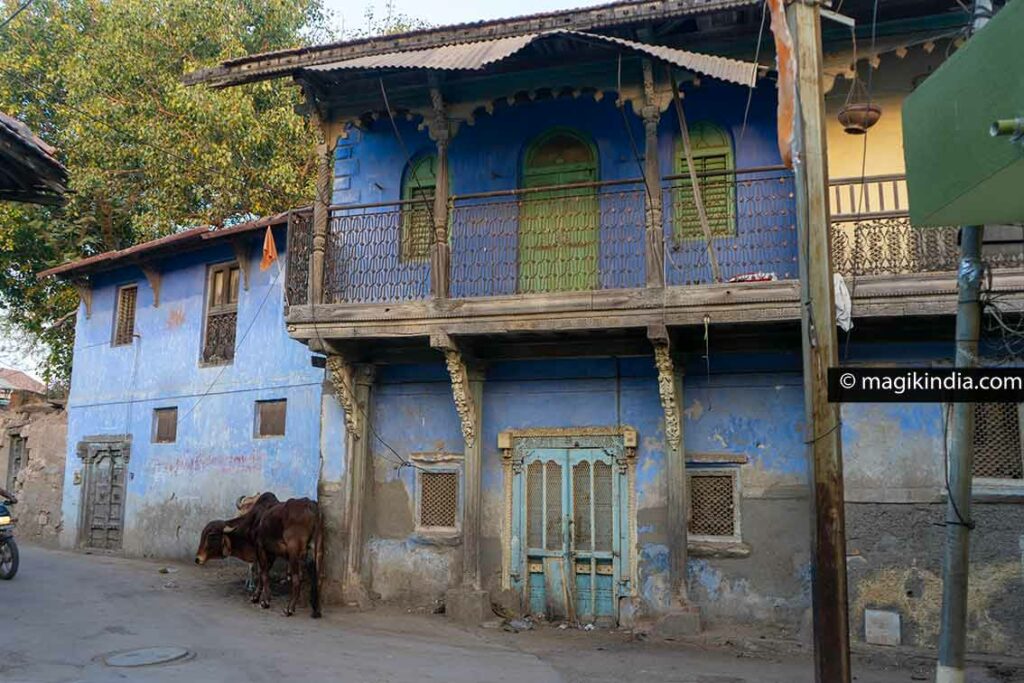
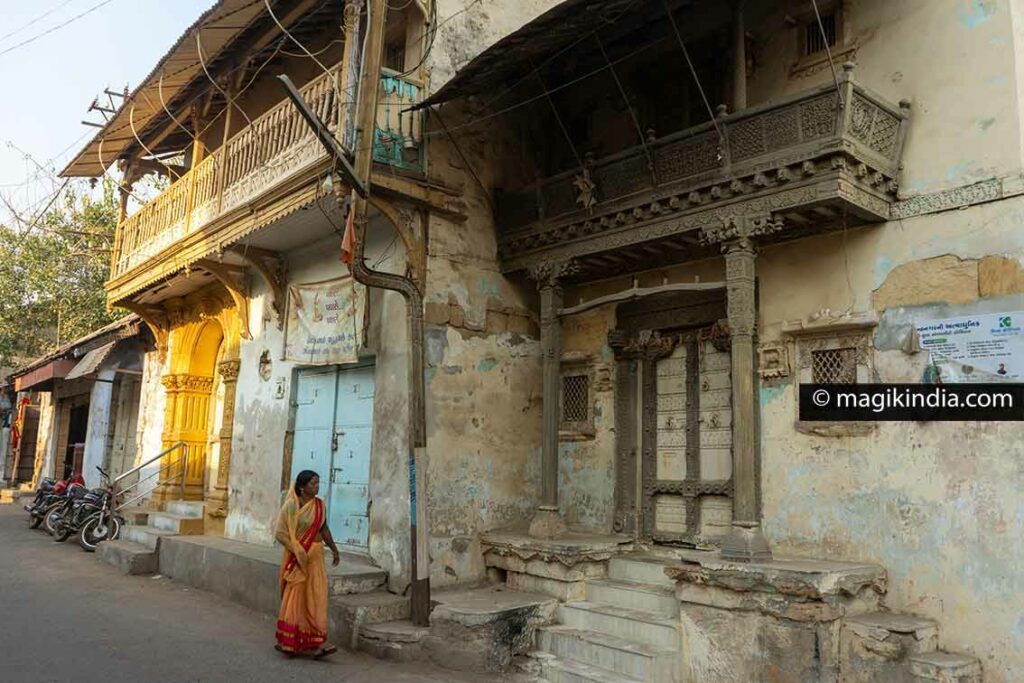
These labyrinthine alleys finally lead us to a place where the Darbargadh, the old palace of Sayla, sits. As seen above, it was built in the middle of the 18th century and is still the residence of the Jhala dynasty.
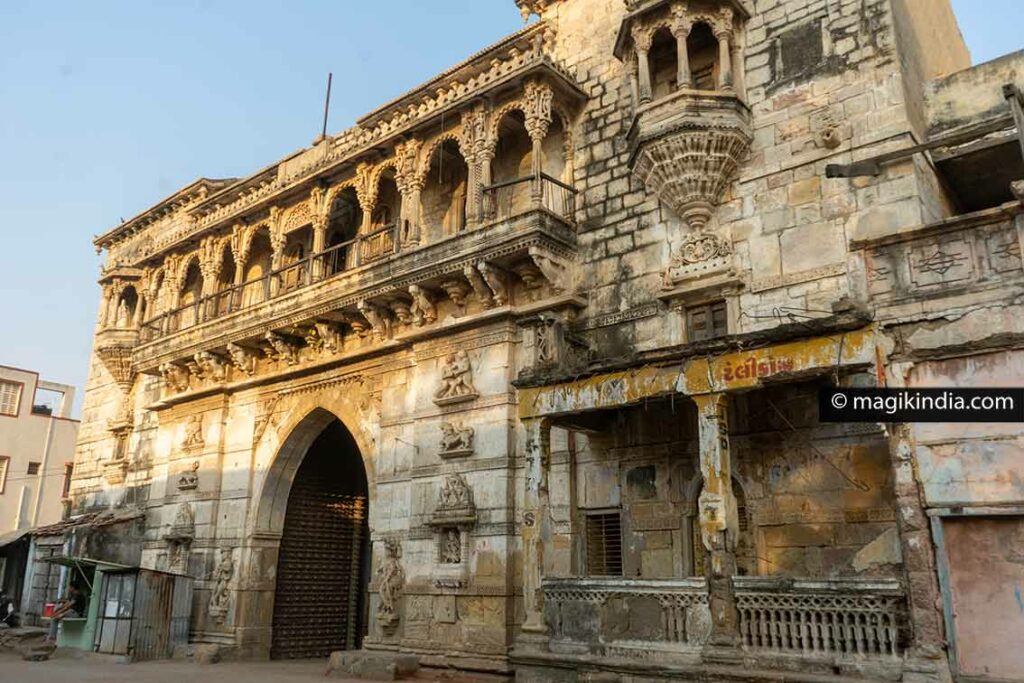
The palace is accessed through a magnificent porch flanked by various statues and overlooked by beautiful corbelled balconies.
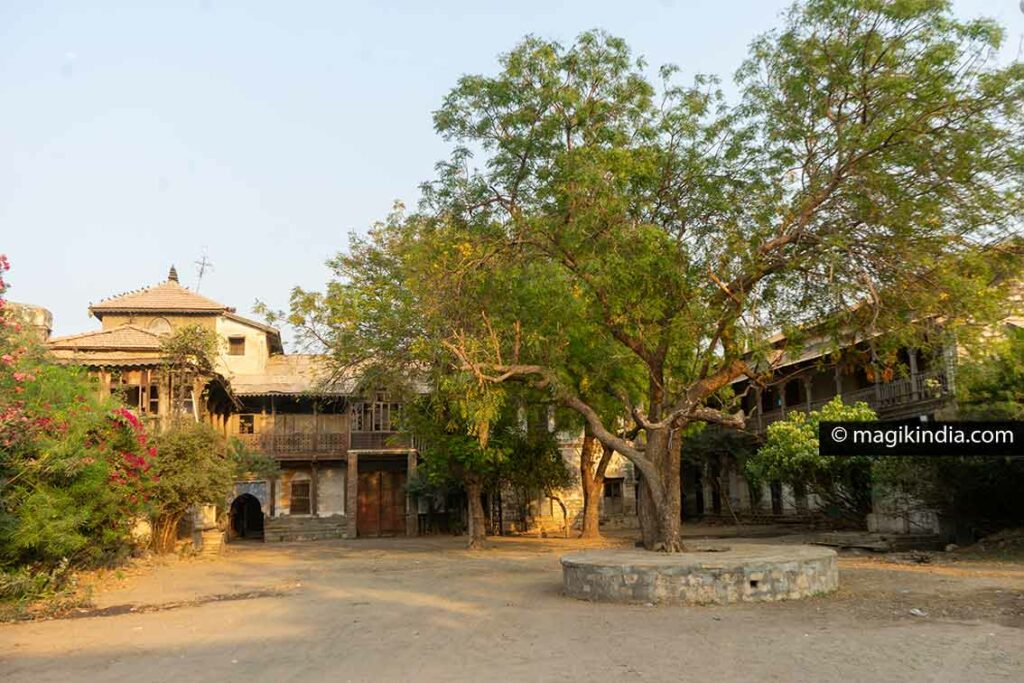
From here we come across a tree-lined square bounded in the rear by the palace buildings which, it must be said, are no longer in great shape. Maintaining such places is always a big challenge for the families who inherit them. However, we guess with the remaining structures that this palace must have been, at the height of its glory, a real little architectural jewel.
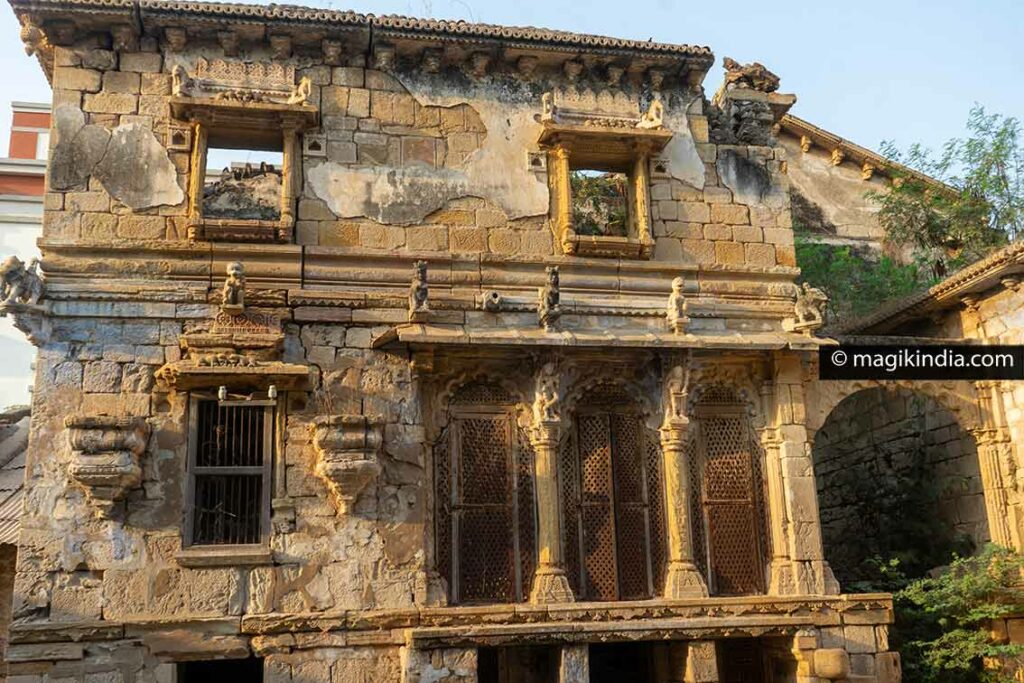
The balconies and the pillars carved in wood are of great beauty and the stone work of great delicacy.
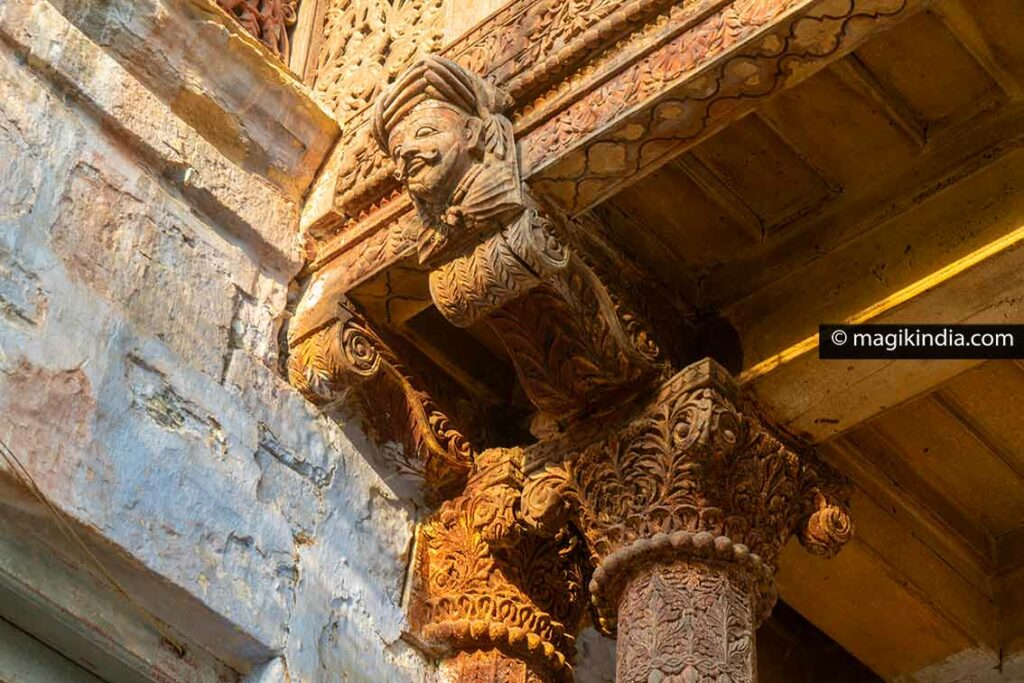
The only room open to visitors is the Audience Hall, where photos of the Jhalas rulers (some life-size), various trinkets, period furniture, original reproductions by painter Raja Ravi Varma and a large stuffed tiger are on display. It feels a bit like entering an antique shop.
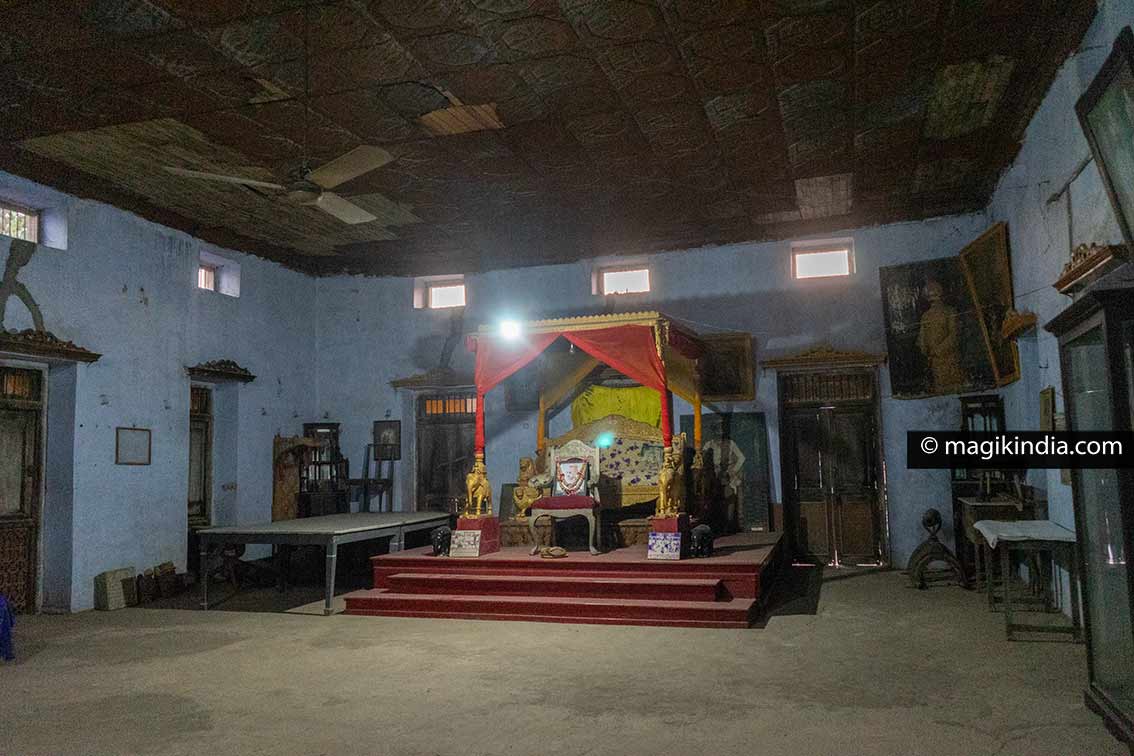
The throne of the Jhalas is still there, at the back of the room, surmounted by a palanquin. When I came to the palace, young members of the royal family were celebrating a birthday. A way to bring this timeless place to life.
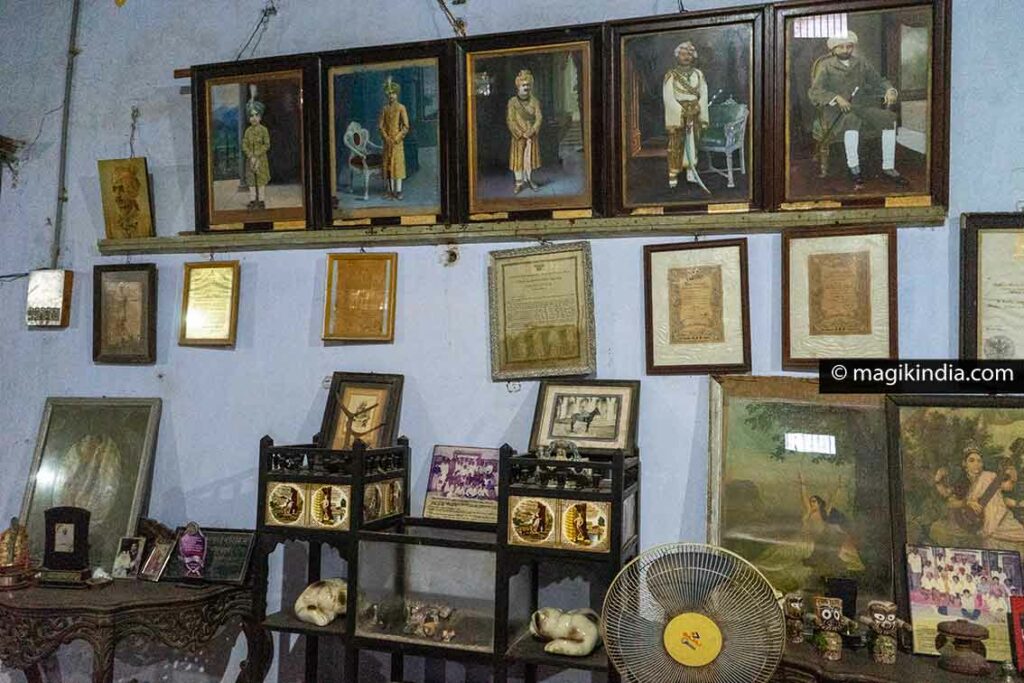
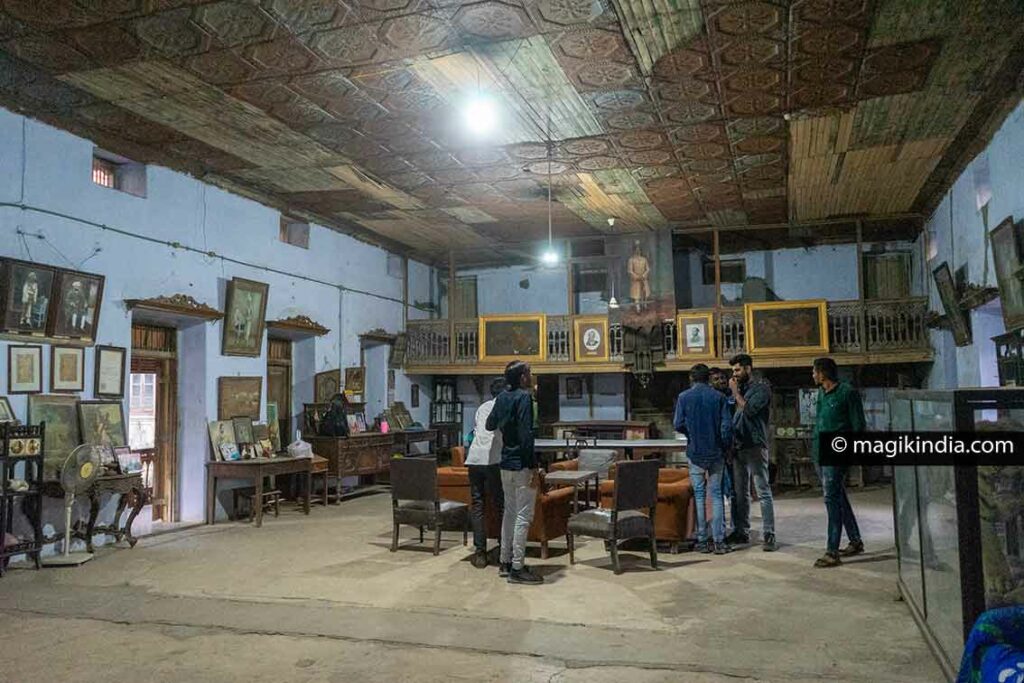
Around Sayla
One of Sayla’s other major assets is its surroundings rich in historical monuments and famous craftsmen. Some of these places will be the subject of future articles, so I won’t dwell on them too much, just enough to whet your appetite. 😉
Navalakha temple
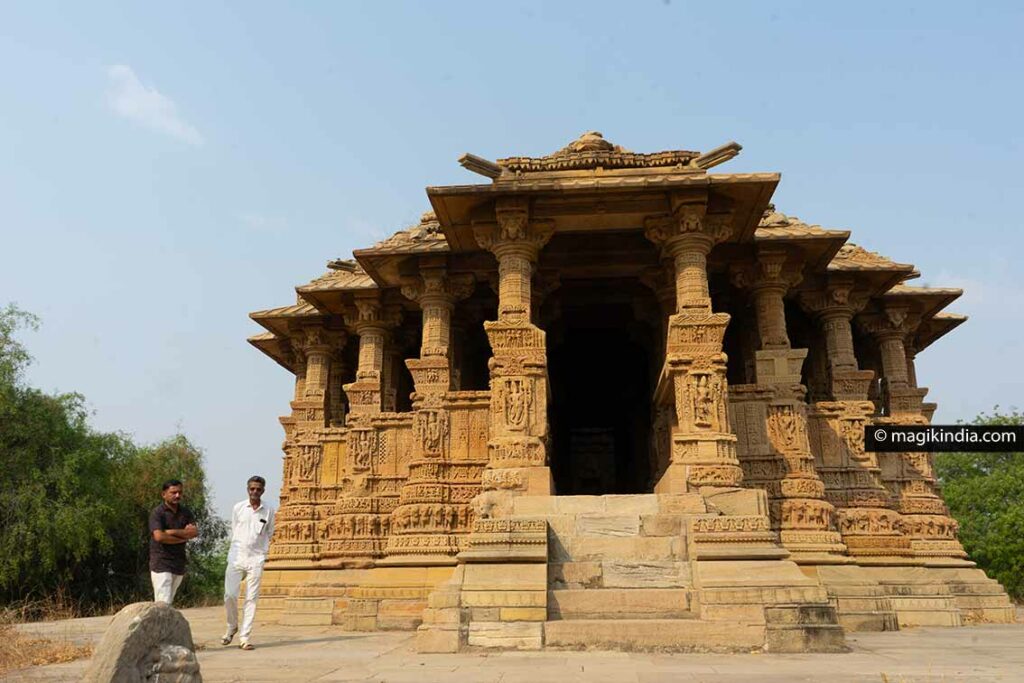
The Navalakha temple is located in the village of Sejakpur, about 40 km south of Sayla. Built in the 12th century CE, it is one of the many gems of the Solanki period. It consists of a shrine and a mandapa built on a stepped plan with projecting porches. The temple is richly carved.
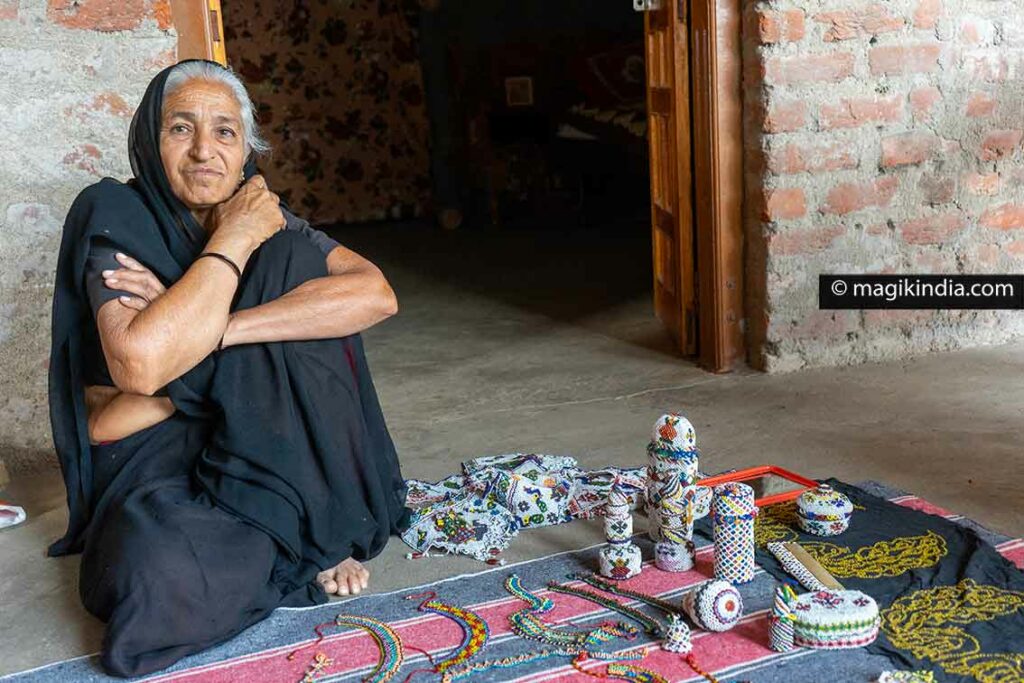
In the same village, right next to the temple, you can visit a Kathi family who perpetuate the traditional beadwork art ; they create jewelry, but also decorative elements for the house such as torans and paintings. If, in the western countries, beadwork is often just a simple creative hobby, in India it is an authentic craft that is passed down from mother to daughter.
Dhandhalpur Vav & Dhundhalanath temple

Dhandhalpur is a unique place not only for its ancient stepwell, but also for its open-air Hindu temple Dhundhali nath located south of the step well. It includes a 3-meter-high statue of the same name with one leg cut off. The complete history of this temple will be the subject of a more in-depth article… To be continued…
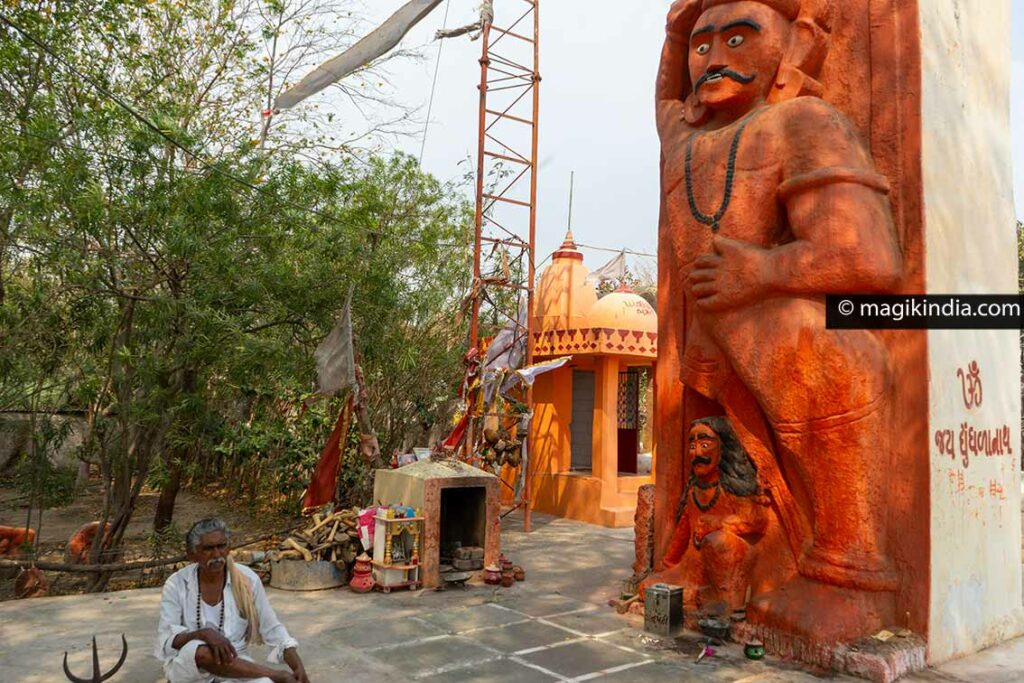
Tangaliya hand weaving and simple Ikat Patola
The art of traditional weaving is another major attraction around Sayla for those who love fine Indian craftsmanship.
In the village of Vasatadi, 20 km from Sayla, the Tangaliya weavers are at work. The Tangaliya is a raging and tedious weaving technique which consists of making knots on several weft threads in order to give a beaded effect to the fabric.
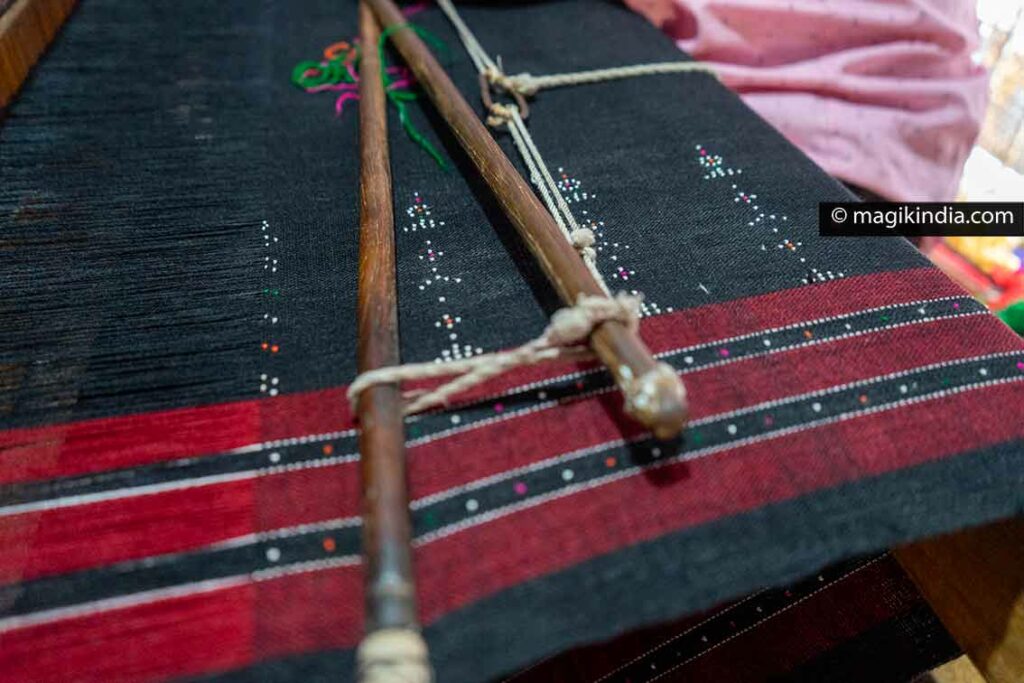
Somasar, is an important center for simple Patola ikat weaving. A less expensive version than Patan’s double ikat Patola but just as harmonious.
